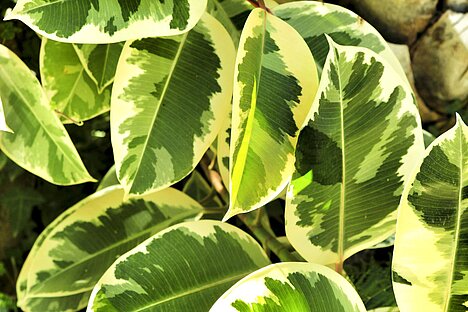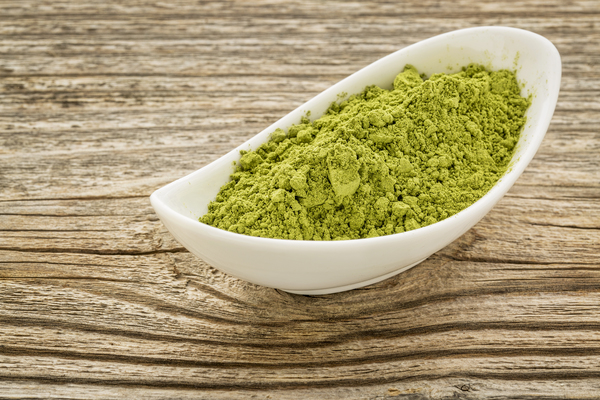Rubber tree

What is a rubber tree?
Rubber tree is the colloquial name for a group of plants from the spurge family. The best-known representative is Ficus elastica, which originates from Southeast Asia and can grow up to 30 meters high. It is also known as the rubber tree because natural rubber can be extracted from its latex.
Rubber trees are easy-care houseplants that require little water and light. They have large, shiny leaves that are green, red or brightly colored, depending on the species. Rubber trees can improve air quality by filtering pollutants such as formaldehyde or benzene.
What are the benefits of rubber trees for my dog?
Rubber trees can offer your dog a number of benefits if you use them correctly. For example, you can offer your dog a toy made of natural rubber that he will enjoy chewing and that will take care of his teeth and gums. Natural rubber is biodegradable and contains no harmful chemicals.
Rubber can also help your dog to relax and calm down. The plant has a calming effect on the nervous system and can reduce stress. You can, for example, put a few drops of rubber tree oil in your dog's drinking water or on his fur, or provide him with a room with rubber trees.
What are the disadvantages of rubber for your dog?
Rubber tree also has some disadvantages for your dog that you should be aware of. For one thing, rubber tree is poisonous to dogs if they eat or nibble on it. The milky sap contains latex and other substances that can cause irritation in the mouth, gastrointestinal problems or allergic reactions. In the worst case, this can lead to anaphylactic shock.
Eucalyptus can also cause skin problems if the dog comes into contact with the latex. The latex can cause skin irritation, rashes or itching. It can also make your dog's coat sticky or discolored.
How can I protect my dog from rubber trees?
If you have or want to have a rubber tree in your home, you should take some precautions to protect your dog from rubber trees. Here are some tips:
- Place the rubber tree out of your dog's reach, for example on a high shelf or window sill.
- Regularly cut off the dead or damaged leaves and dispose of them safely.
- Avoid watering or fertilizing the rubber tree when your dog is nearby.
- Regularly clean the ground under the rubber tree of fallen leaves or milky sap.
- Watch your dog for signs of poisoning or skin irritation if it has come into contact with the rubber tree.
The rubber tree is a beautiful and useful houseplant, but it also harbors dangers for your dog. If you choose a rubber tree, you should take good care of it and keep it away from your dog.
If you notice any signs of hypersensitivity or poisoning in your dog, you should see your vet immediately. We are not a substitute for a vet, but we try to be as accurate as possible. Every dog reacts differently and we recommend you get a second opinion or consult your vet if in doubt.
Stay healthy and take good care of your four-legged friend!😊
Similar to Rubber tree
The rubber tree plays a central role in the global economy through the production of natural rubber, an essential material in many industries. While this plant is of great benefit to humans, dog...
Moringa oleifera is a fast-growing tree that originated in India and is cultivated in many tropical and subtropical regions of the world. It is also known as the horseradish tree, drumstick tree or...
Dragon tree contains saponins, secondary plant substances that are found in many plants. Saponins have a soap-like effect and foam up when they come into contact with water. They protect the plant...
The banyan fig, also known as Ficus benghalensis, is a large tree species native to the tropical regions of India, Bangladesh and Sri Lanka. This fig is particularly known for its impressive aerial...



